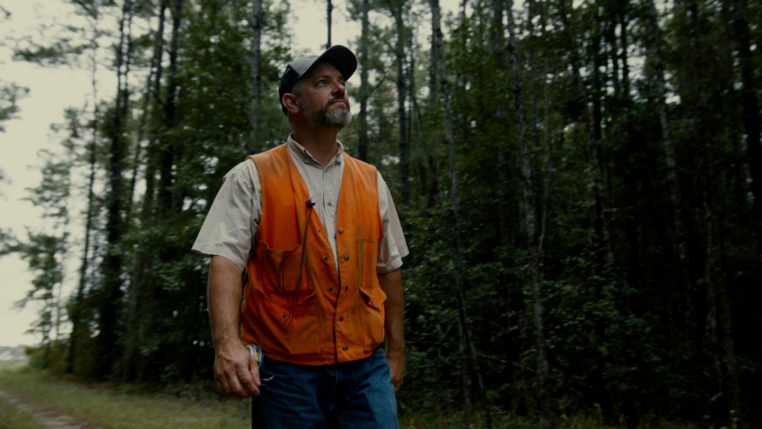Bringing in New Markets

Since 2014, Maine has lost about 4 million tons of markets for pulpwood and biomass. Six paper mills have closed, and another has cut its wood consumption dramatically. With this rapid and dramatic market loss, landowners and loggers in New England are seeking new markets for their wood.
In February, Walt Goodine of Mid-South Engineering spoke at the Northeast Region’s Forest Forum on what developers look for when locating new forest industries. With extensive experience evaluating opportunities for a range of forest industry clients, he helped highlight what assets the Northeast has, and where developers might look for when siting a project. While the focus was on the Northeast, the information applies everywhere.
When looking for a forest industry site, developers evaluate a wide range of issues, and each location has unique attributes – both positive and negative.
Transportation
- How are the roads – both from the woods to the mill and from the mill to the market? Good roads, with limited (or no) seasonal restrictions, preferably not passing through highly populated areas, are ideal.
- Is there rail – and if so how frequent and reliable is the service, and how quickly does the rail connect to markets?
- Are there airports nearby? This is more important for some industries than for others, but the ability to bring in researchers (for forest products early in the development phase), executives and others can be a real benefit.
- How easy is it to access raw materials, markets, and ports?
Utilities
- If looking at an idle industrial site, or co-location with an existing industry, what utilities are available or can be shared? These might include a boiler house (to provide heat and steam, perhaps electricity), water, and wastewater treatment.
- If power is being purchased from the utility, what is the capacity of the lines, will they need to be upgraded to serve new load, how much will it cost and who will pay?
Forest Resource
- Of course, it is hard to have a forest industry without a forest.
- What are the species and grades of material available, and who currently uses this material in the region?
- What is the nature of landownership in the region (family forests, TIMOs, public lands, etc.) and what does that mean for wood availability and reliability?
- What is the supply infrastructure like (loggers and truckers), do they have the equipment and capacity to supply a new wood using facility, and if not what will it take to enhance capacity?
- Are there long-term supply partners, who can help de-risk wood supply?
Standard Business Questions
- Are there enough workers with the right skills, and how much is the local wage?
- What are energy costs, both for electricity and heat?
- Is the community and state welcoming of new business, and do the ordinances, taxes and attitudes reflect this?
Sometimes in the forest industry, we are so focused on the growing, harvesting and handling of wood we don’t pay enough attention to the complexity that markets face when deciding if or where to locate or expand operations. However, it’s important – the entire supply chain needs a variety of markets in order to function efficiently.
With the recent loss of markets, Maine and New England are seeing many developers evaluating options – some quite publicly, some very quietly. Many of these projects will never be built, but with a little luck and a lot of hard work…some will. It’s also important to remember that markets don’t appear instantly – from idea to operations is often two years or more (that’s 24 skidder payments). It won’t be easy or instant, but there are opportunities, and the region has the resource to capitalize on them.


